Responsible Consumption and Production: What If We Could?
Micène Fontaine, May 6, 2021
If you've ever coached someone, have partaken in therapy of any kind, or have been around kids, then you know firsthand how powerful questions can be. Especially simple ones such as: Why is that? Or Can you tell me more? Questions can also be irritating (to me at least) because, by sheer design, they force us to get closer and closer to the root cause of a problem and shine the light on what we are really solving for.
My favorite question is: "What if we could?" That's essentially the question we must ponder to achieve economic growth and improved quality of life for all while reducing stress on the planet. While it might sound like a lofty and seemingly unattainable goal, think about this: Would you have fathomed that businesses, universities, schools, and yes, political conventions and places of worship could go online as quickly as they did when faced with no other viable alternative? Probably not.
The fact is that there is no viable long term alternative. We must find ways to decouple economic growth from environmental degradation. For far too long, we have been answering the wrong question: Economic growth OR environmental stewardship OR improved quality of life for all? The real puzzle is: How to achieve economic growth AND improve the quality of life for all AND reduce stress on the planet. The answer starts with a holistic approach that aims to find new ways to enable sustainable consumption and production patterns. Of course, this means rethinking the lifecycle of what we consume. As we get more discerning in our choices, it will influence how things are produced. Needless to say, as businesses, we also all have a responsibility to address this issue. The intended outcome here is to go from a linear model to a circular model. Embracing modularity in as many things as possible from architecture to smartphones would go a long way. These are a few starting points. The solutions are plentiful, ranging from very simple to very complex.
There is a basic equation we can use to help us untangle how to "do more and better with less" and there are obstacles to overcome, but it's solvable. And, now is the time to solve it:
Should you feel inspired to learn more about how you and other design professionals can help, check out our Change by Design session on the topic of Responsible Consumption and Production. This 8-minute YouTube video from Professor Sami Kara (School of Mechanical and Manufacturing Engineering, University of New South Wales, Sydney, Australia) is also a great place to start. It breaks down some of the critical challenges behind sustainable materials and resource strategies (and he introduces and explains the equation above better than I ever could).
If this feels like too much to take on right now, start by asking yourself: "Why is that?" Now repeat, ask yourself, "Why is that?" again, and again until you've asked yourself that question five times. I warned you that questions could be irritating, but if you are candid with your answers, I promise the exercise will be eye-opening :-)
Here is to solving for the right problem - by design.





